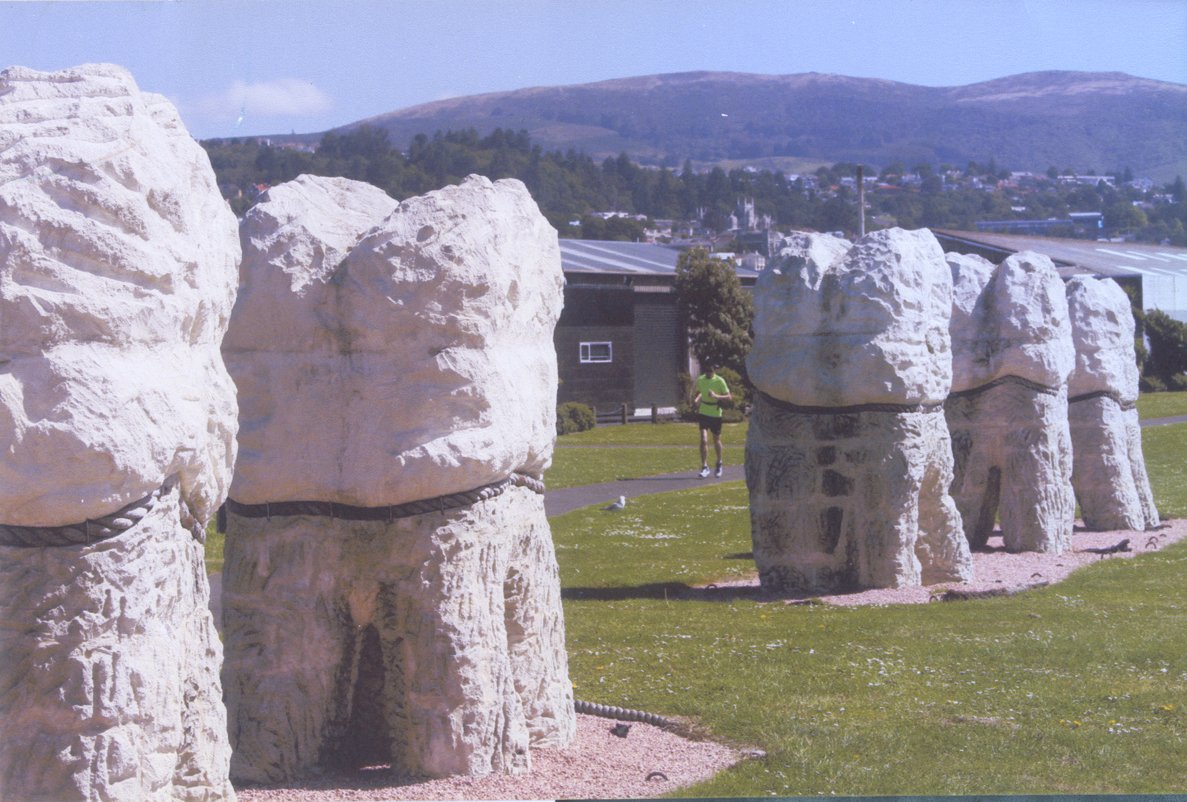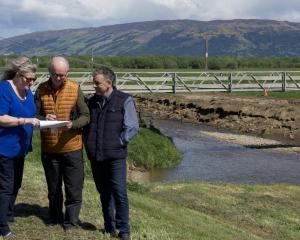
But it is confident the new works it plans to commission will be met with public enthusiasm, after a series of contentious projects and budget cuts derailed the initiative for years.
The council yesterday announced it wanted to see a new piece of public art installed in the Octagon, and was seeking expressions of interest from artists and designers.
The piece, once finalised, would be the first of a new collection of public artworks the council aimed to build up over the next 10-15 years.
The successful artist would be paid $65,000 for their work.
DCC Ara Toi relationship adviser council initiatives Lisa Wilkie said the collection would eventually reflect five themes - whakapapa, light and sound, pushing boundaries, encounters and embedded in nature.
Artists would have to draw on one or more of these themes as part of their work, as well as considering each site's "cultural and historical narratives".
Non-traditional materials, such as light or projections, were welcome, but work submitted for the Octagon would have to be easily relocated to accommodate any future Octagon upgrade.
Ms Wilkie said the first work, in the Octagon, would most likely be a permanent addition - at least until the Octagon was eventually redeveloped in years to come.
The exact location had not been determined, but it was hoped the new work would be in place within 12 months, she said.

That included controversy over the Harbour Mouth Molars in 2010 and the Octagon's phallic-shaped Rugby Haka Peepshow in 2011.
The Dunedin Botanic Garden's worm sculpture, Ouroboros, was also beset by structural problems following its installation in 2014.
However, Ms Wilkie said public art could also help support community development and she was "looking forward to the challenge".
"Done well, public art can help redefine places and spaces within a city, how they are experienced and how people interact with them."

That was the first clear signal the council intended to get back into the public art sphere, alongside an art-in-infrastructure policy, which sought to include creative components in key pieces of "above ground" infrastructure projects.
The call for submissions was open to artists from throughout New Zealand, although the council was "absolutely encouraging" local artists to get involved, Ms Wilkie said.
Artists had until December 1 to submit applications, and a shortlist of three projects would be selected by a panel - comprising representatives from mana whenua, the arts community and council staff - on December 20.
Those who made the shortlist would then be invited to develop a more detailed proposal, before the public had a chance to have their say on the concepts.
The final selection would then be made by the panel, she said.












